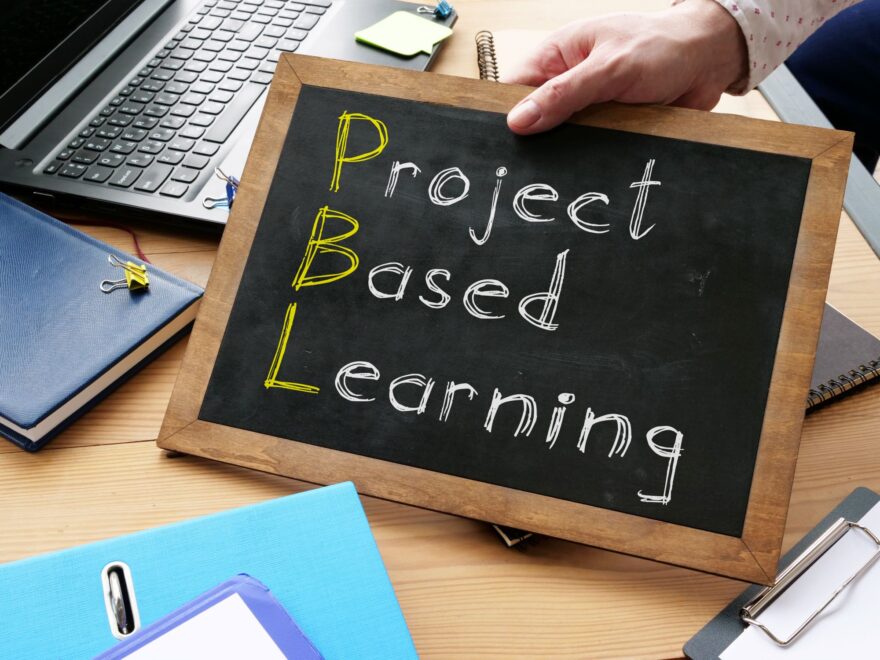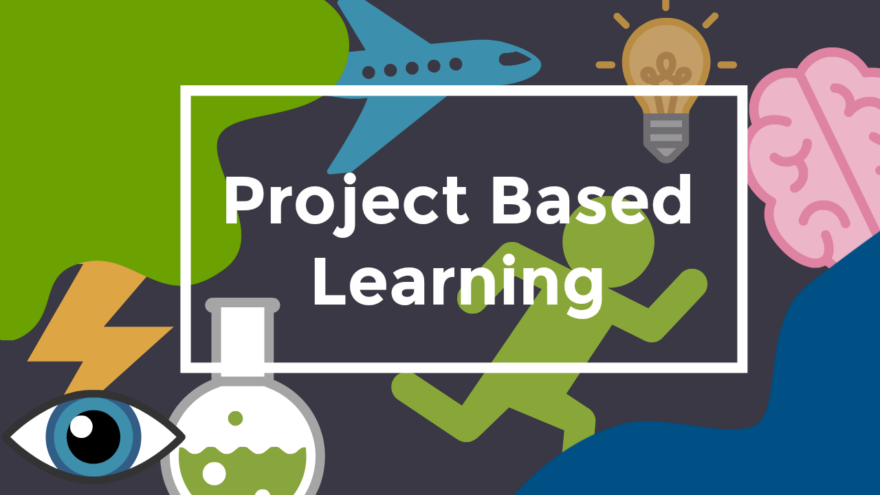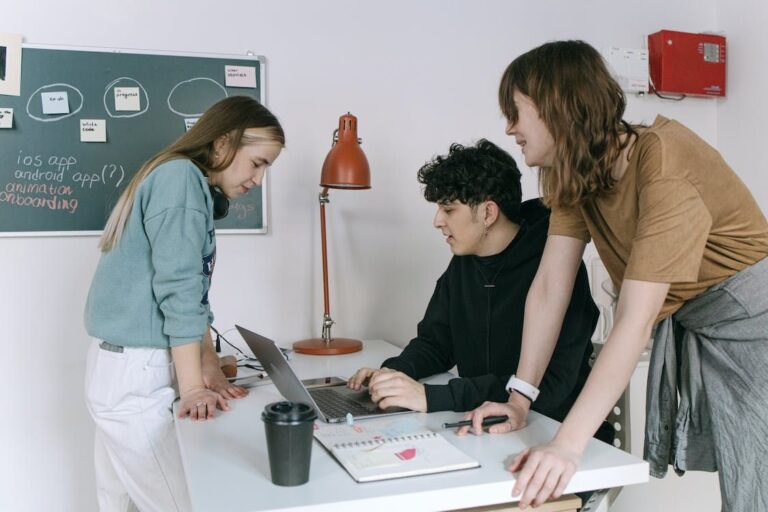Project-based learning (PBL) is a student-centered pedagogy that involves a dynamic classroom approach where students actively explore real-world problems and challenges to acquire a deeper understanding of the subjects they’re studying. In contrast, traditional worksheets might seem like an outdated mode of learning. However, these tools can be surprisingly effective when integrated into PBL and collaborative activities.
In this article, we’ll discuss the benefits of integrating worksheets into PBL, how to effectively combine these two approaches and the advantages that can be reaped in a collaborative learning environment. Equipped with this knowledge, you’ll be able to create your own worksheets at StoryboardThat (https://www.storyboardthat.com/) and use them efficiently.
Benefits of Integrating Worksheets into PBL

While PBL encourages self-guided exploration, worksheets can provide students with structured guidance, helping them organize their thoughts and ideas, leading to a more comprehensive understanding of complex topics.
Also, they can serve as an informal way to gauge understanding and track progress. Teachers can quickly identify areas where students might need further instruction or clarification.
In addition, PBL often requires students to gather and manage various resources. Worksheets can serve as checklists or guides, ensuring that essential resources aren’t overlooked.
Effective Integration of Worksheets in PBL
Successfully bringing worksheets into a PBL environment requires more than just handing them out. Here, we will look at the methodologies that can be employed to ensure these traditional tools amplify the benefits of project-based instruction.
- Use Worksheets as Kick-Off Tools: At the beginning of a project, use a worksheet to help students brainstorm, identify project objectives, and outline their research needs. It serves as a roadmap for the project’s lifecycle.
- Track Progress: Develop milestone check-in worksheets. These can help students assess their own progress and identify any challenges they’re facing. It encourages reflection and can help students stay on track.
- Incorporate Peer Review: After certain milestones, students can exchange worksheets for peer reviews. This helps in encouraging collaboration and provides students with various perspectives on their work.
- Facilitate Group Roles and Responsibilities: In group projects, worksheets can define roles and distribute responsibilities. Such role-definition sheets help ensure that every member has clarity on their tasks, promoting efficient collaboration.
Tips for Creating Effective Worksheets for PBL:

Relevance is Key: Ensure that your worksheets are directly related to the project’s objectives. They should complement the learning process, not distract from it.
- Flexibility Matters: While structure is good, ensure that worksheets allow for students’ creativity and unique approaches. Open-ended questions can be particularly effective.
- Clarity and Simplicity: A worksheet should be easy to understand. Avoid jargon unless it’s been previously introduced, and use clear, concise instructions.
- Interactive Elements: Incorporate elements like mind maps, flow charts, and diagrams. Visual aids can help students understand complex concepts and see the bigger picture.
- Feedback Spaces: Create sections where students can jot down their thoughts, questions, or areas of confusion. This provides valuable insight for educators and helps in addressing individual student needs.
- Digital Compatibility: Consider the digital tools your students will be using. If they’re working on tablets or computers, design worksheets that can be easily edited on these devices.
- Diversify Question Formats: Instead of just having fill-in-the-blanks or multiple-choice questions, integrate diverse question formats like short essays, comparisons, and problem-solving scenarios. This promotes critical thinking.
- Include Real-World Applications: Pose scenarios or questions that correlate with real-world situations. This reinforces the PBL approach, making the learning experience more tangible and relevant.
Enhancing Collaborative Activities Through Worksheets

Collaborative activities can sometimes be chaotic and directionless. With worksheets, however, there’s an opportunity to instill structure and drive purposeful teamwork. Let’s uncover the strategies to make this integration seamless and impactful.
- Collaborative Brainstorming: Use worksheets as a platform for students to jot down their ideas, then have them collaborate in small groups. This structured approach ensures that every voice is heard and valuable insights aren’t missed.
- Skill-Building Exercises: Collaborative worksheets can be used for exercises aimed at building essential soft skills such as communication, leadership, and teamwork. For instance, a worksheet might outline a scenario where team members have to negotiate to come to a consensus.
- Peer Tutorials: If certain students grasp a concept quicker than others, worksheets can facilitate peer teaching. Students can outline the concepts they understand on the worksheet and then use that as a teaching guide.
- Feedback Loop: After collaborative sessions, use worksheets as a feedback tool. Students can write what they learned and what challenges they faced and provide feedback on the group dynamics. It offers a structured way to gather insights and continuously improve the collaborative process.
Advantages of Combining Worksheets with PBL and Collaborative Learning
Blending different teaching approaches can create a dynamic learning atmosphere. By integrating worksheets into PBL, you can keep students engaged with the subject. The structured format of a worksheet offers them a clear pathway, ensuring they don’t feel lost or overwhelmed.
Beyond academic knowledge, these templates can help with skill development. Students cultivate skills such as critical thinking, time management, and collaboration. The blend of PBL’s explorative nature with the structured guidance of worksheets helps nurture these skills.
It’s also important to keep in mind that there are different learning styles. Every student has a unique way of learning. While some might thrive in open-ended PBL scenarios, others might benefit from the structure worksheets offer. This hybrid approach caters to a broader range of learning styles.
Lastly, in group projects, efficient delegation and resource utilization are essential. Worksheets can help streamline these aspects, ensuring that students make the most of their time and resources.
Conclusion

While project-based learning is a powerful instructional strategy, traditional tools like worksheets shouldn’t be overlooked. They can complement the PBL framework, providing structure and guidance. Furthermore, when utilized in collaborative activities, worksheets can enhance group dynamics, ensuring that every student’s voice is heard and that they all contribute effectively.
Educators must remember that the goal is a holistic education experience. By skillfully blending modern teaching methodologies with conventional tools, they can craft a rich, immersive, and efficient learning environment for their students.







